Welcome to issue 60 of the Call to Comms!
Magdalena, a member of TSF’s Ukraine team, met Olga in a shelter for displaced people in Lviv where TSF provides free Wi-Fi. They discussed Olga’s story, her journey fleeing war with her son, and what access to connectivity has been like since the start of the conflict.
Meet Olga
Olga is a 76 years old internally displaced Ukrainian woman who was forced to flee her home with her disabled son after the outbreak of war between Russia and Ukraine. She is currently living in a shelter in Lviv.
“We were waiting for a month and a half, thinking it would end, but I realized it was getting worse and worse.”
Olga’s story
Olga comes from Lysychansk, a city in Ukraine's easternmost oblast (province), Lugansk, which shares a border with Russia. She didn’t leave her home immediately after the start of the war – she told us that they were “waiting for a month and a half, thinking it would end, but [she] realized it was getting worse and worse.”
Olga’s journey to Lviv was “very tough”. “There were two trains, many people there”, she remembers. “In the cabin where four people were supposed to be, there were ten of us. My son and I didn’t end up on the same train. He was in the other train, right after this one and one hour later.”.
“They didn’t allow us [to access the Internet]. We did not even turn on the light.”
Connectivity in times of war
During her journey, there was no Internet connection – “nothing, absolutely nothing”, Olga insists. It was also a security matter: “they didn’t allow us, even talking was prohibited”. The main fear at the time was that the area would be shelled if they were spotted: “Everything was closed because there was shelling, they were scared. And it was dark, we did not even turn on the light.”.
Once in Lviv, the largest city in western Ukraine, Olga took refuge for two months in a school adapted to accommodate internally displaced persons (IDPs). But since her son is disabled, the staff at the school moved them to a new shelter more adapted to their needs.
“I’m an old woman, I’m 76. I’m disabled, and my son is as well.”
In both locations, “there was no Internet”, Olga told us, before TSF installed a connection in Olga's current shelter for the people and families living there. But how do Olga and her son use the Internet?
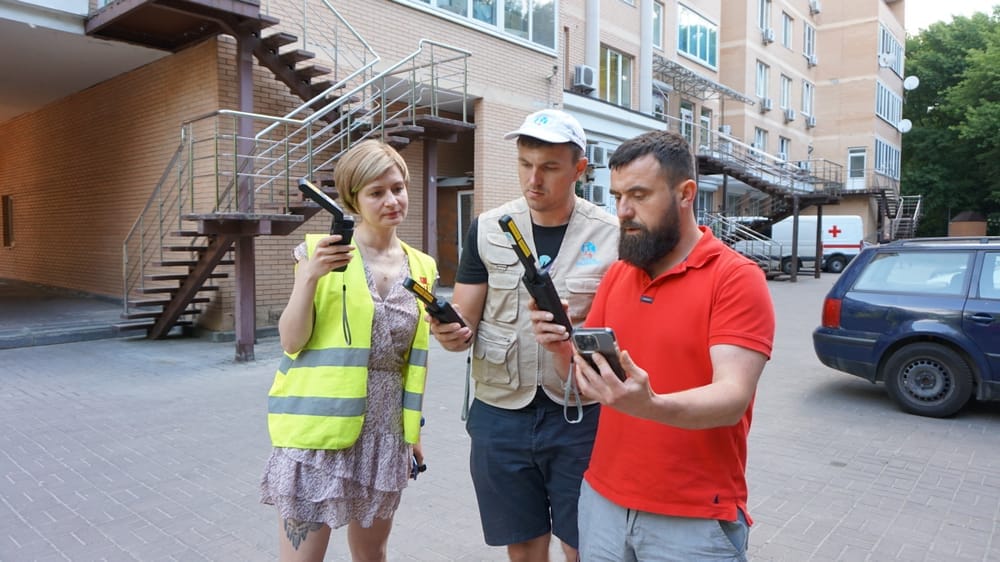
Medicine, news and distraction from the conflict
In winter, “there was nothing to do”, especially for Olga and her son: “I’m an old woman, I’m 76. I’m disabled, and my son is as well.”. This restricts opportunities, access to the outside world, and support.
The Internet helps Olga through her day; thanks to her cell phone, she can find medicine, news updates and welcome distractions for her son, to ease the stress of life as a displaced person in a country at war.
“I use [the Internet] to find some medicine for myself, and news. You can’t be without news.”
To find out more about the need for connectivity in Ukraine, you can read about TSF's response since the start of the war on our website here.

See you next week!

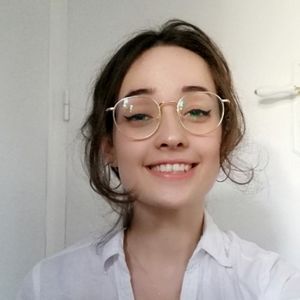
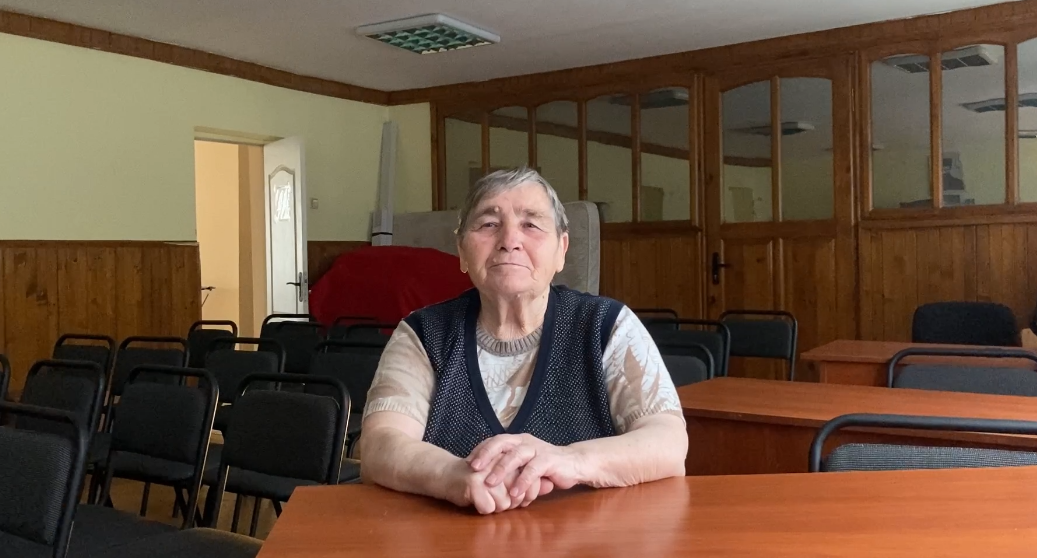

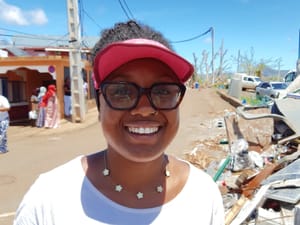
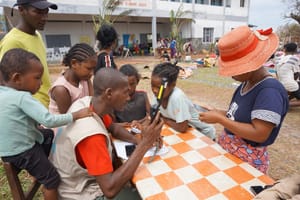
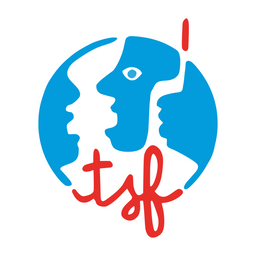
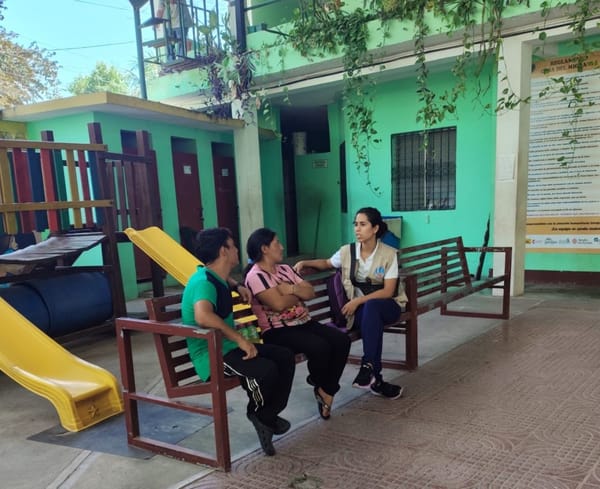
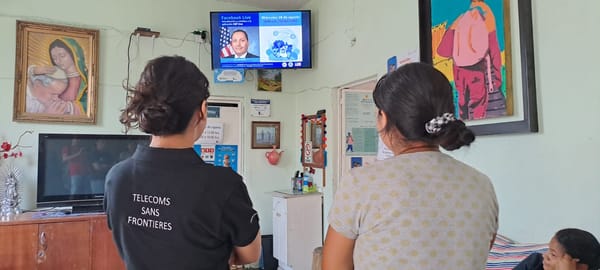
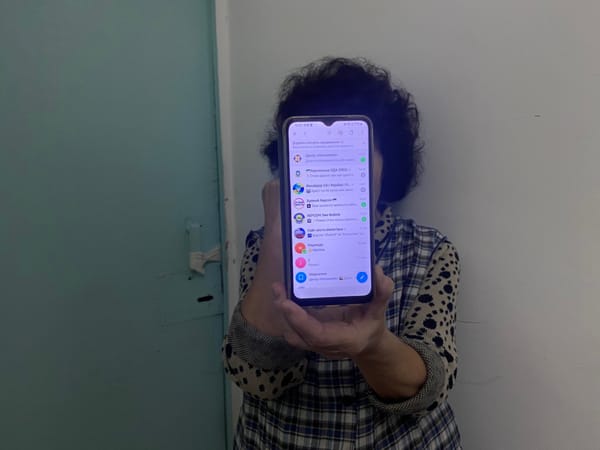

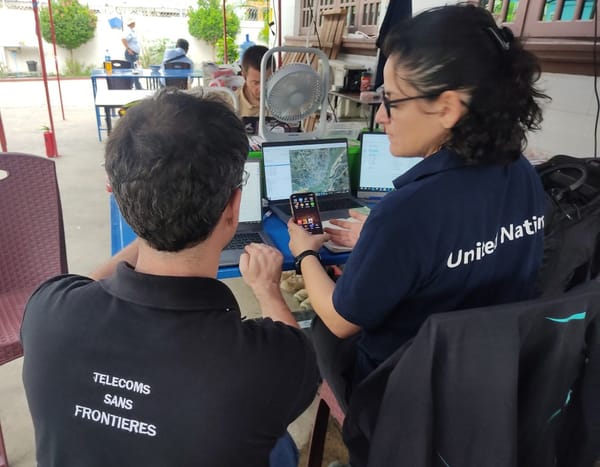
Member discussion